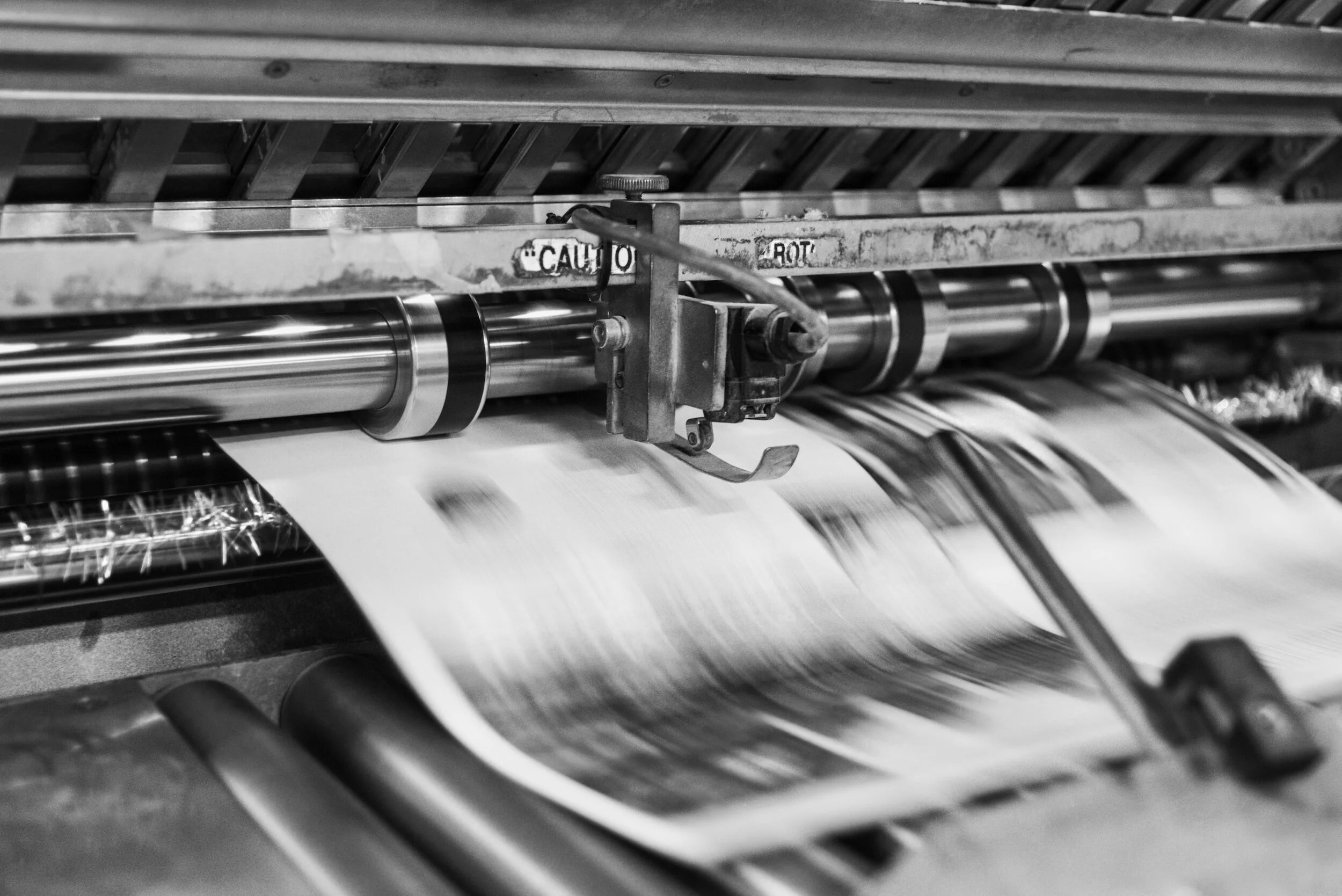
Our Processes
Set Us Apart…
Our creative design team collaborates closely with customers to develop new products, covering material selection, print options, and finishing. This ensures that all customer requirements are implemented on schedule.
Our displays maintain high-quality standards through production with modern technology and expert partners. Cost-effective production is achieved in Hungary.
1. DESIGN
As in any business, thorough and provident planning is the key for success. This is how we do it.
-
Our initial step is to precisely assess customer needs and objectives, leveraging extensive experience to tailor custom solutions. The work relationship is characterized by close cooperation, focusing on understanding the client, product, marketing strategy, and merchandising. Whether offering existing options or proposing new products, we always consider client-specified criteria. We also account for distributor restrictions on display dimensions.
-
Our product development team efficiently uses CAD and plotter technology to produce 1:1 size prototypes matching production standards. Using the specified materials during development enables physical presentation and supports load-bearing and transport tests. Any required amendments are promptly addressed with the presentation of a new model to meet specified requirements.
-
In product design, we prioritize quality and usability while considering specifications and logistical requirements. Our solutions are cost-efficient in terms of material use and structural design. For new products, we present 3D images to clients for an efficient decision-making process. Understanding that clients' representatives often assemble displays and POS materials, we focus on straightforward assembly and provide instructions upon request.
2. PRODUCTION TECHNOLOGIES
Different materilas and designs require different manufacturing technologies. Here we introduce our basic workflows.
-
After design and prototyping, provide your artwork applied to die-cut display drawings. We use various printing technologies based on size and quantity, including digital, screen, offset, or flexographic printing if needed. Sheets can be laminated for improved aesthetics and resistance, mounted on base material with wet glue, and cut using die-cut machines or digital plotter cutting. The final step involves gluing the parts and packaging per your request.
-
Metal display structures are crafted through cutting, bending, and welding metal plates or tubes, followed by powder coating for the desired color. CNC milling is employed for special shapes from metal or plastic blocks. Communication is applied by wrapping with printed self-adhesive film or mounting thermoformed plastic parts, printed cardboard, or plastic sheets onto the frame.
-
Plastic displays or parts are made by thermoforming, where a plastic sheet is heated to a pliable forming temperature, formed to a specific shape in a mold, and trimmed to create a usable product.
Thermoformed plastic shapes can be assembled using plastic welding similar to metal processing.
Plastic shapes can be wrapped with printed self-adhesive film for adding brand image and combined with metal frames to increase load capacity.
3.PRINTING SOLUTIONS
Let us show you how to increase the value of printed products, because there’s only one chance to make a first impression.
-
Utilizing various UV varnish technologies, we achieve high-gloss and matte surfaces on one page, even for fine graphic elements. The print is prepared with a glossy UV varnish applied to the entire surface. In the second phase, spot UV matte coating is applied to highlight specific graphic elements. Despite the two-phase process, it remains cost-effective, and the matte UV varnish can be promptly applied to the finished material.
-
'Rough' indicates larger grains on the matte print surface, offering a distinct, 'raspy' texture. Using UV ink, we apply oil-based effect varnish to selected areas, which, combined with UV varnish on the entire surface, creates the 'rough' effect with matte grains. Untreated areas remain glossy. The difference between 'fine' and 'rough' effects lies in the thickness of the UV varnish layer.
-
Cold-foil technology revolutionizes surface treatment, integrating into the printing process. Similar to hot-foil stamping but more versatile, it merges with the picture material, allowing overprinting with multiple color shades. This creates a surface suitable for varnishing with a metallic shine. In today's marketing, a standout, attention-grabbing product is a crucial strategy element.
-
Inline debossing is a technology that creates structures on the surface of paper inline of printing. With this technology we can imitate similar structures as creative papers have. This is a cost efficient solution as only a special structuring plate has to be invested.
4. SHIPPING METHODS
We provide different delivery options to best fit your logistic strategy.






